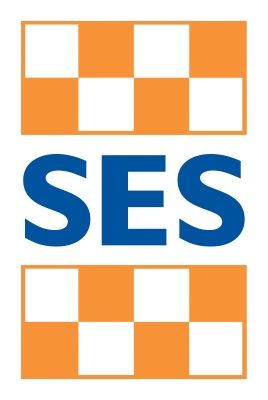Flood information for the Moira Shire Council, encompassing local flood guides and a Municipal Flood Emergency Plan.
Moira flood history
Moira Shire has a long history of flooding including the record-breaking flood event in 2012 which impacted most townships and vast areas of rural farmland resulting in extensive flood damage across the municipality.
Moira Shire is located within and area bordered by the Warby Ranges to the east, the lower Dookie Hills lie alongside part of the southern boundary with the Murray River to the north, and several river floodplains and basins to the west. Moira Shire’s main waterways include the Murray, Goulburn and Ovens Rivers, the Broken and Boosey Creeks and the Muckatah Depression.
Flooding within the Moira Shire generally happens as a result of very heavy rainfall, such as in 2012 or from sustained rainfall over a number of days such as in the 1993 flood.
Katamatite Local Flood Guide
Nathalia Local Flood Guide
Numurkah Local Flood Guide
Muckatah Depression Fact Sheet
From the 1990s to mid-2000, a community surface drain scheme was implemented in the Muckatah Depression to help remove excess water from minor storm runoff and to slow and reduce water flows into the Broken Creek.
During floods caused by heavy local rainfall however, floodwater spills out of the drains and spreads across the natural flow path of the Muckatah Depression floodplain.
Tungamah Local Flood Guide
About Flood Guides
Communities can use local flood guides to identify and better understand their local flood risk. They include information about: flood history, how to prepare & respond to floods and who to contact.
Contact Information
Local SES Units
- Cobram VICSES Unit:
- 21 Cobram – Koonoomoo Road, Cobram, Victoria.
- Numurkah VICSES Unit:
- Nelson Street, Numurkah, Victoria
- Yarrawonga VICSES Unit:
- cnr Dunlop and Woods Roads, Yarrawonga, Victoria
Municipal Flood and Storm Plan
Moira Shire Flood Emergency Plan - Updated Dec, 2020.








